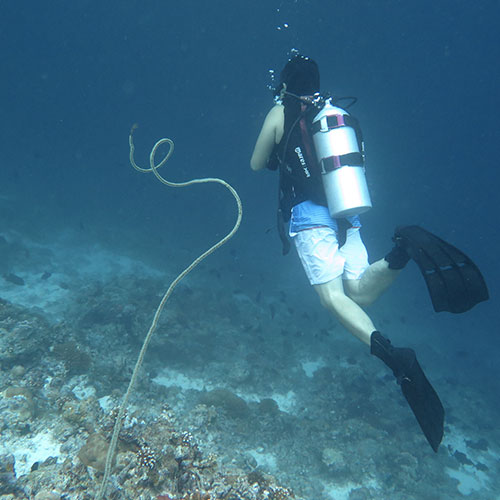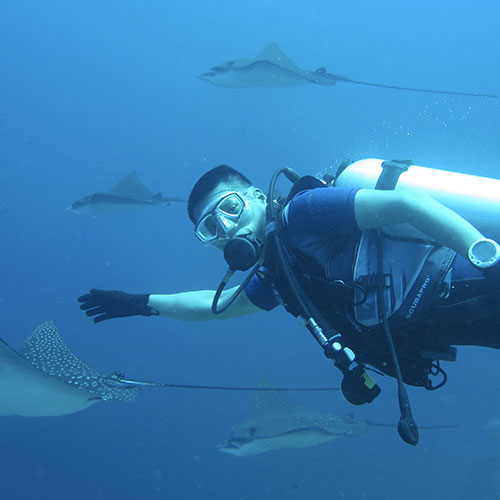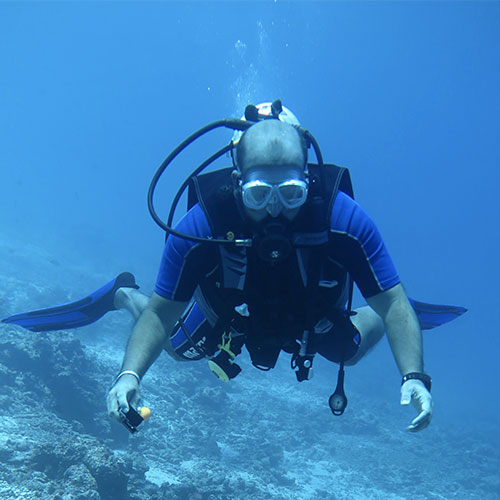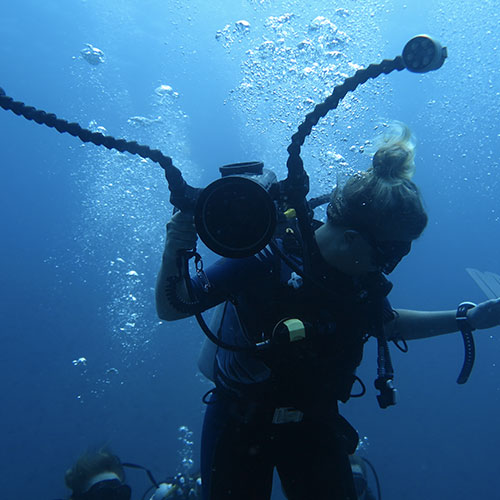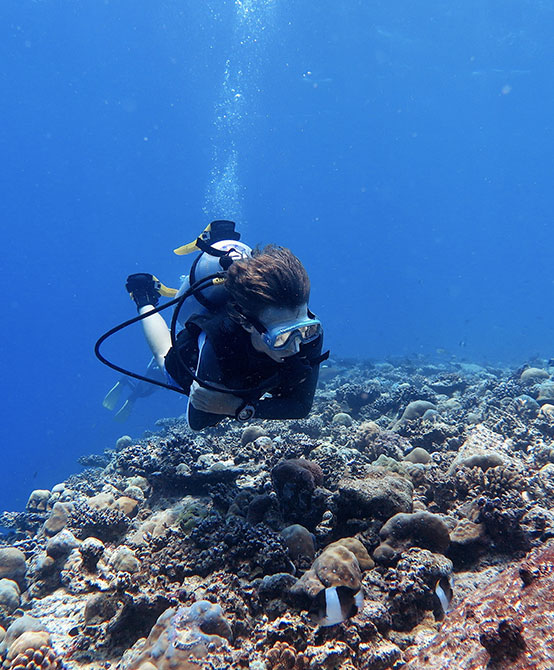Single Tank Dive is a form of recreational diving. Single tank dive is performed using a single breathing gas tank, and divers can go up to a maximum depth of 100 feet. In single tank dives, scuba divers don’t encounter decompression sickness. These dives involve less complexity, as the dive permit is less than 100 feet.
Double tank dives are used by divers who dive deeper and require decompression, as they dive deeper than 100 feet underwater.
Single Tank Dive
Single Tank Dive is a form of recreational diving. Single tank dive is performed using a single breathing gas tank, and divers can go up to a maximum depth of 100 meters. In single tank dives, scuba divers don’t encounter decompression sickness. These dives involve less complexity, as the dive permit is less than 100 feet.
What Is Decompression Sickness? When you stay more than 100 feet below water for some time, the nitrogen dissolves from your body. If you swim toward the surface too quickly, it is just like opening a soda bottle; the gas is released, but this leads to a harrowing and sometimes fatal experience when it happens to humans.
Advantages of Single Tank Diving
- It provides the benefit of not being as bulky as the double tank dive.
- Easy to maneuver.
- It can be configured to provide a wing system that offers buoyancy control.
Disadvantages of a Single Tank Dive
- You can only dive as deep as 100 feet.
- Stay underwater for less than 60 minutes.
- Less breathing gas to rely on
- Less comfort compared to the backplate and wing buoyancy control.
Double Tank Dive
Double tank dives are used by divers who dive deeper and require decompression, as they dive deeper than 100 feet underwater.
Dual tanks have two connected but independent regulators. Sometimes, they have been referred to as redundant equipment, but the extra tank could save a life. If one tank fails, you can switch to the other tank!
Advantages of Double Tank Diving
- Double tank diving offers safety and versatility.
- Dive more than 100 feet underwater.
- More breathing gas to rely on.
- Backplate and wing buoyancy control mechanism.
Disadvantages of a Double Tank Dive
- Not very easy to maneuver.
- Quite bulky and might be hard for beginners.
What Do I Need?
- We provide all the dive equipment for you
How Do I Book?
- If you have any questions, you can <a href="/contact">contact us</a>. Our team will get back to you as soon as possible.
- To book the course, you can directly walk-in to <a href="https://www.google.com/maps?ll=4.264253,72.990819&z=16&t=m&hl=en-GB&gl=US&mapclient=embed&cid=3669378038901283085">our store</a>.
- We accept credit card and cash payments.
Pricing
Boat charges
$10For single tank dive
Boat charges
$15For double tank dive
Any two dives
$135Including boat and equipment
Equipment Charges
$10BCD,Reg,Wet suits, comp
Basic diving equipment
FreeMask, snorkel, Fins, Weight belt, Smb


